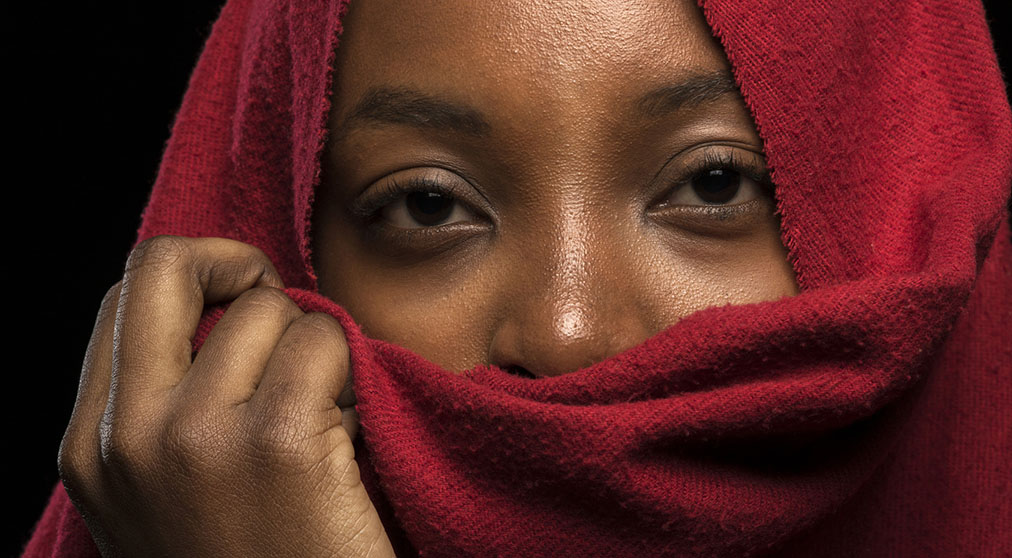
Humanity survived thanks to social instincts
Needless to say, millions of people suffer from abject poverty, well-founded fears, wars, preventable diseases or constant oppression. In many places, indigenous peoples and other cultural minorities, the politically persecuted, the poor, the sick, the elderly, people with disabilities, children, women and those who think or love unlike the majority, urgently need protection. In addition to crowds of private clubs, international organizations, religious associations and government agencies are more or less seriously engaged with some of these groups worldwide. Such a large and widely dispersed interest is unique in the nonprofit sector and shows that people are still social creatures, despite all the countless attacks on each other. This has always been the foundation of human development and is the most important prerequisite for the future of our species. The social instinct served its continued existence, already ensuring the vital cohesion of the early humans. Not surprisingly, our ancestors among the primates were social creatures, which enabled them, among other things, a long-lasting and learning-intensive rearing of their young, and thus the further development of mental capacities. Maintaining the social structures of their animal ancestors organized in family groups, offered primitive humans many advantages over loner life. It provided better protection against dangerous animals, facilitated more efficient hunting and gathering, improved the chances of recovery for the sick and injured and facilitated many important tasks. However, their social instincts had emerged especially for assuring the cohesion of small communities with common interests, and their efficiency was more or less limited to such familiar groups. Accordingly, conflicts between neighboring small hordes of prehistoric humans began soon for the access to vital resources such as drinking water, game-rich hunting grounds, protective caves and most probably also for women. Since then, the competition between groups of people with conflicting interests and a steadily expanded arsenal of various means continued without interruption. In the process, the powerful have always used solidarity limited to specific groups to consolidate their positions of power, deliberately dividing people according to their differences and playing them off against each other. To this day, this well-established strategy of emphasizing on differences among humans works well, and our society is accordingly divided into various groups at various levels, who unfortunately also argue by force of arms about material, ideological, cultural and spiritual values.

Rich northern states bleed poor southern nations!
The exploitation of poor countries by industrialized nations continues unhindered even after the end of the colonial era. The numerous commitments of the exploiting nations to the principles of democracy and human rights, which are affirmed at every opportunity, are not taken serious and do little to change this. The priorities of the powerful states are economic advantages thanks to unrestricted access to the best possible and cheapest raw materials and production factors for their continuously increasing self-consumption at the expense of others. In order to achieve this goal, some decision-makers are ready to resort to all means and to accept even large-scale environmental destructions and, if necessary, even wars. Their voracious greed poisons the environment of the countries of origin of the looted natural resources and destroys there most valuable natural landscapes and their living beings. Another cause of destructions there is the cultivation of food, feed and energy crops, the proceeds of which are mainly intended for export. Agricultural products for exports to rich countries often occupy and leach the best soils of the countries of origin, while at the same time, many people there suffer from malnutrition. In addition to countless animals and plants of endangered species, the greed from rich countries destroys numerous lives in the poor south. In Brazil alone, more than a hundred indigenous tribes have been eradicated by clearing their forest habitats for plantations and livestock farms for the international trade! Such genocides of threatened indigenous people for the exclusive satisfaction of riches’ search for profits and luxury, are hardly addressed and considered, although many countries are involved in it. Only few seem interested in the fates of millions of agricultural workers, who work until exhaustion under often slave-like conditions in plantations to produce a considerable proportion of the abundance of food in rich industrialized nations and safeguard the quality of life there. Similarly, those innumerable peasants, whose existence is destroyed by the globalized trade in food and raw materials, are commonly ignored and sacrificed to the prosperity in distant regions.
Millions of inhabitants of slums and dumps in many cities in developing and emerging countries are as far as possible hidden from public awareness. The booming tourism industry does everything in order to avoid these eyesores of injustice like a plague during their tours in these countries. The sight of its very poor people, who are mentally and physically extremely stunted because of malnutrition in general, and for protein deficiency in particular, would deteriorate the recreational effect sought-after by many tourists, thereby causing considerable damage to lucrative tourism businesses.
The bitter poverty and suffering of billions of humans, as well as a depleted world left to generations to come, largely deprived of its resources and natural diversity, are the price of prosperity that benefits many citizens in rich industrial nations and the most privileged people from poor countries. Although the redeeming of this gigantic social, ecological and moral debt of the rich North towards poor countries, is already impossible despite only being just, industrialized nations are continuing to increase this debt without any regard for more and more victims among poor people. In doing so, they can count on the irresponsible egoism of majorities there, which are not willing to curtail their intolerably high consumption of products and energy to a socially and environmentally world-wide compatible level. However, without debating publicly and resolutely tackling the growing injustice consisting in the fact that the populations of the wealthy North constantly expand their consumption and wealth at the expense of the poor in southern countries, famines, epidemics, rampant crime, wars and widening oppression by dictatorships will continue unabated.
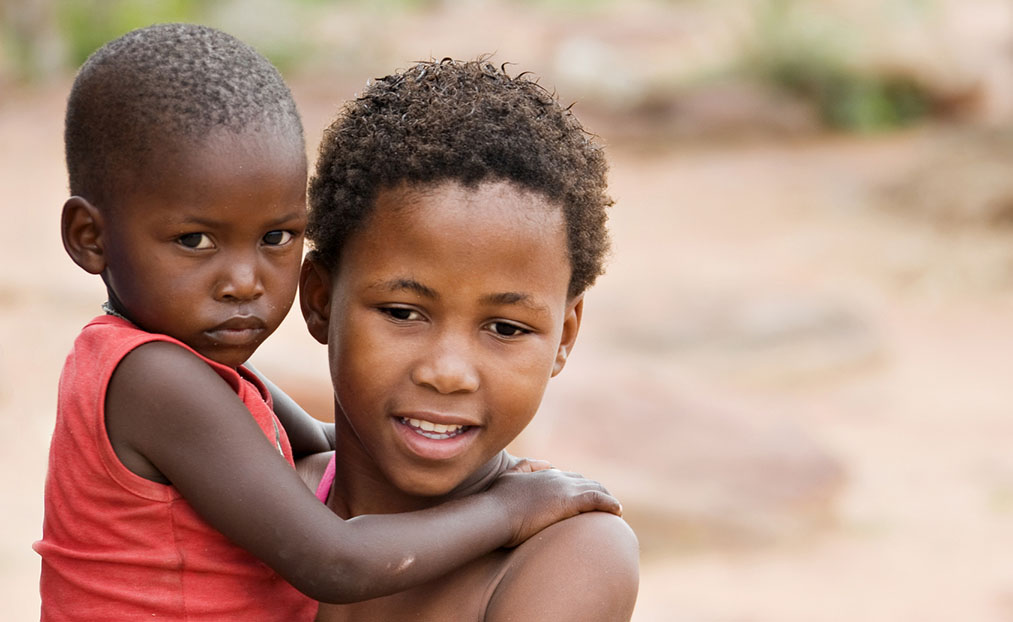
Most often, women are disadvantaged
For millennia, women have endured violence, exploitation and oppression on the part of male conspecifics. Yet they have never really neglected the crucial role in the vital cohesion of communities. Men could certainly not fulfill this task of utmost priority for the survival of the species. This should definitively call into question the belief that men are stronger than woman. Because the natural strength of woman is not to be measured in muscle power. Their most important strength is probably the intuitive recognition and preservation of conditions that are indispensable for their own survival and that of their community. While men more often chase fast successes, strong feelings of pleasure as well as adrenalin rushes, take many risks and like to compete with each other, women rather seek for harmony, safety and security, and strive for the continuance of their domestic partnerships. Concerning the latter, many women often go so far, that they take a lot of suffering for it.
Because of harmony and traditional role models, many women, even within complete families and couples in developed countries, are ready to do most of the household chores in addition to their full-time jobs and parenting, without taking their male partners up on their duties. Perhaps the feminine quest for harmony is also one of the reasons, why most working women do not rebel more often and more resolutely against persistent disadvantages in working life, such as underpayment in comparison to their male colleagues, and various other forms of discrimination and obstacles to their careers.
In many countries women privately experience grave legal disadvantages compared to men, for example with regard to inheritance and matrimonial law. Much too often, inheritance laws more or less refuse to allow women to take over a part of their parents’ property, favoring their brothers, thereby exacerbating female dependencies. Quite some marriage laws force women after the wedding to move into their husband’s household, where they must submit to the will of the married family, and often to a strict regiment of jealous mothers-in-law. The dowry and similar payments linked to marriage, severely restrict the say of brides in mate choice and can poison relations between men with their still unwed daughters and sisters. Especially in poor families, the often prohibitive financial burden of dowry continues to generate many dramas with little girls abandoned shortly after birth, infanticides, suicides and young women assassinated by their own families, which regionally accumulate to a point to become problems of major importance!
Even in modern industrialized nations, where the old tradition of dowry has nearly disapeared, dating is far more difficult for women than for men. Especially less attractive women are really disadvantaged. Mainly responsible for this are the simply knitted patterns of behavior in men, who often focus their attention in the mate´s choice on their appearance. It’s not just about sexual attraction, but also about gaining social status, that goes hand in hand with an attractive partner. Out of this discrimination are booming diverse commercial sectors offering cosmetic surgery, beauty products and services, fashion as well as advertising, thus making huge profits at the expense of their female clients, which aggravates their financial disadvantages. In addition, women may become subject to biological time pressure, when the desire for own children and a partner overlap, while men in general can go largely thoughtless and without too much stress through the prime life period between twenty and forty years. Because of that difference, men may mature mentally slower than woman during that period, what makes suffer primarily their female partners.
Women are also much more affected by old-age poverty. The reasons for this inegality are complex. In addition to the usually lower salaries and their common unemployment in many countries, comes their loss of income for the years totally sacrified to their children, which normally also reduce their pensions, and last not least, eventual costs of single households, which are more expensive compared to households for couples and families, and become inevitable, when their partners abandon them for younger women, as it happens too often.
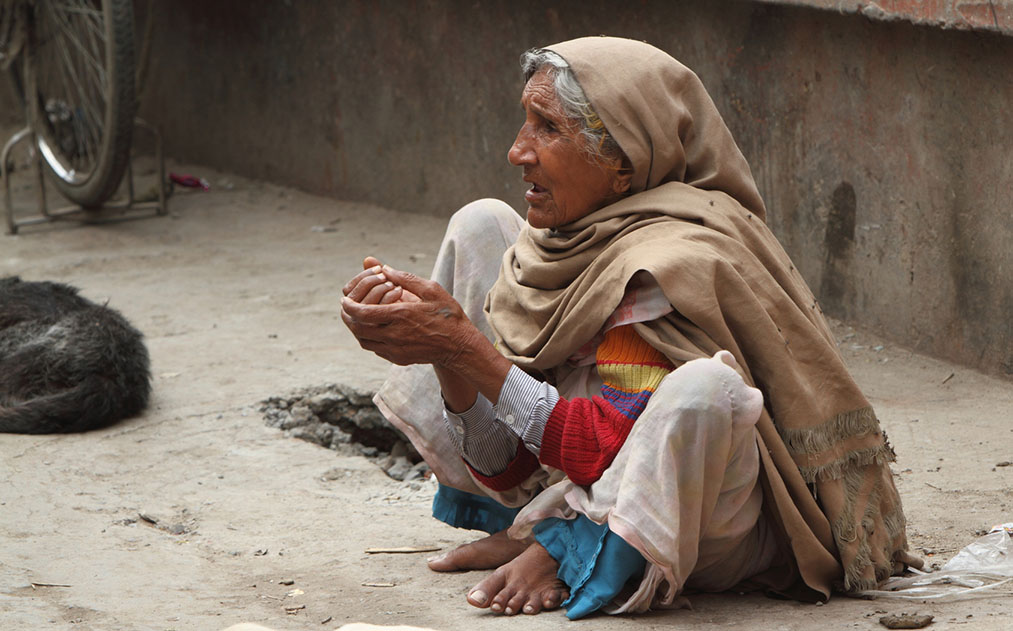
Incidentally, with increasing professional activity and financial independence of women, the physical attractiveness of their male partners is becoming more important to them. In response, more and more men watch their appearance and attentively follow the offerings of the thriving male body and beauty cult business. Even more so, since recent studies have shown that an attractive look positively impacts the career. The announcement of these study results, let fear further injustices for certain women. After all, attractive women who made successful careers by virtue of their achievements, are often exposed to sexist stereotypes and obscenities behind their backs, compared to male careerists, who benefitted from their good looking in professional life, without becoming the target of bad attitudes.
Representatives of that fragile minority, who were not born as women, but feel that they belong to the female gender and publicly show it, as well as many of those who until the very recent official acceptance of the third gender, were never clearly assigned to one gender, often take on supplemental insults and risks, in addition to the disadvantages and exploitations which are commonly experienced by women.
Children und starving persons generate most compassion
Brute violence against children is likely to shock most people, because they remember their own vulnerability during childhood and therefore easily identify with such victims. This is one reason, why the need to protect children from severe maltreatment and sexual abuse is generally accepted among the people. By contrast, the nature and amount of punishment to be inflicted on convicted perpetrators of such abuses, is subject to intensive discussions across the globe, which expose widely divergent opinions. This discrepancy can be explained by the fact, that the protection of children is instinctively anchored and therefore seems globally desired, while dealing with the perpetrators of such violences is culturally defined. Accordingly, the views on the treatment of extreme violence against children are very diverse within the populations.
Even the opinions of those people, who take into account the fact, that sexual offenders often have been victims of sexual abuse themselves during their childhood, and therefore see them also as victims at the same time, vary between extremes. While some of them advocate for outpatient psychological therapy of such offenders, others are pleading for legalization of euthanasia of dangerous criminals on a voluntary basis, or for their punishments ranging from castration, to lifelong forced labor for the purpose of reparation payments to the victims, until public execution immediately after having been proven guilty.
Similarly, the sight of malnourished, handicapped, seriously injured or ill children leaves only the most hardened persons unaffected. At the sight of such misery, a reflex, which is crucial for the preservation of our species, fortunately works for most of our human fellows. The instinctively registered sensitivity and vulnerability of children are reinforced by subconsciously processed experiences of personal injuries and suffering during their own childhood, as well as by memories. This emotional process is consolidated by a rational treatment via the obvious logic, that children are naturally much weaker than adults and, as a rule, without guilt, which is why they depend on and deserve the protection by the latter. The combination of these processes in the human brain explains the strong compassion and the great willingness to help, when children are facing emergency situations.
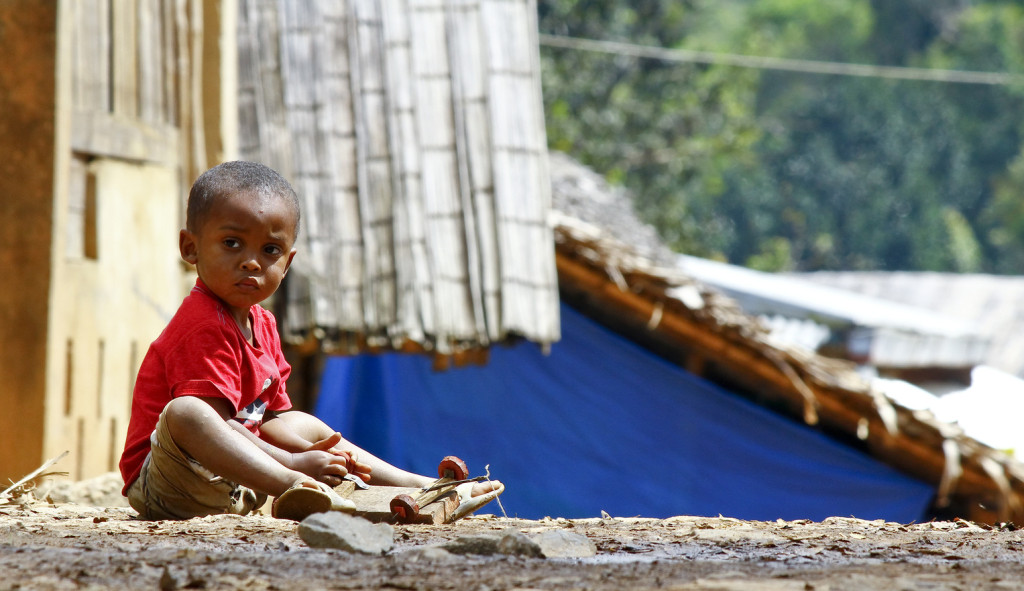
Even in the face of hungry adults, at least some compassion comes to most of the observers, who are sufficiently, or over-nourished. Because almost everybody can partly imagine and physically comprehend the suffering of hungry, even if they never felt hunger for a long time.
On the other hand, people who have to starve themselves, feel only little or no compassion at all with other people starving, who are completely unknown to them. In mortal danger, the own survival drive suppresses any compassion with strangers. The more acute one own´s life is endangered, the more the compassion for others will be minimal, or absent. Biologically, this absolutely makes sense. For escaping from an acute life-threatening situation requires the total focus on this primary goal and the pooling of all available energies in favor of one’s own survival drive, in order to increase the chances of success. This, in turn, demands the suppression of all other thoughts and emotions.
From this perspective, both compassion and pity appear as emotions based either on memories of personally experienced suffering, or on empathy felt by people which are not in acute danger. Empathy empowers people to indirectly understand the grave situation of some other sensitive creatures suffering. These two comparable emotions are also processed rationally. As a result, compassion for starving persons is sometimes accompanied by a sense of guilty conscience among well-informed citizens in rich countries. Many people there know, that malnutrition and hunger are first and foremost the result of failed policies, of machinations at the highest level and the systematic exploitation of valuable resources in developing regions by internationally operating groups from industrialized nations.
People with disabilities need help worldwide!
Supporting people with severe disabilities is one of the most important social achievements of humanity! In developed countries, it offers those affected additional rights, appropriate protection and care and opens up quite some opportunities for them. There is however a need for further action, especially concerning cases of hardship, the lack of human warmth, questionable dependencies of some severely disabled persons from their caregivers, and last not least, their continuing social exclusion by a large part of the population.
Even more problematic than this wordless exclusion in the industrialized nations. is the complete ignoring of those people, who hardly survive with in some cases life-threatening disabilities in poor countries. Responsible for this is the lack of information about their fates, due to the widespread lack of interest on the part of the mass media to bring tragic situations of such people with the most serious disabilities to the attention of the public. The reasons are difficult to understand. Possibly, only the relatively large time and financial efforts needed to find and visit these disabled persons, which are not registered in terms of data, live more or less isolated and are widely scattered in many places, constitute the obstacles for adequate media coverage. Such logistical challenges could also be a possible explanation for the fact that organizations and associations working for people with disabilities, rarely appear publicly supporting individual persons with disabilities in developing countries. Their focus is more on the care for groups of people with disabilities, such as the blind, deaf, victims of mines, chemical or drug accidents and other persons, who are adequately networked and therefore easier to reach, and whose support can be better organized. This also explains, why the total financial support for the supposedly very large but heterogeneous and largely unknown group of people with the most severe disabilities of all kinds in poor countries accounts for only a tiny fraction of the funds invested worldwide for charitable aid to people in need. This happens despite the fact, that countless such cases of serious disability can be attributed to accidents involving defective machinery, weapons, chemicals and drugs from companies from industrialized countries. The home countries of these victims, however, make virtually no claims for compensation, because their residents with severe disabilities often have almost no rights there and undisturbed international relations have absolute priority. Without caring relatives with the necessary resources, these victims either rely on the mercy of individuals, or on the support of charitable associations on the ground, or are abandoned completely helpless to their environment. If there is a belief in personal guilt in one’s own destiny, even compassion for people with the most severe disabilities has almost no chance to develop!
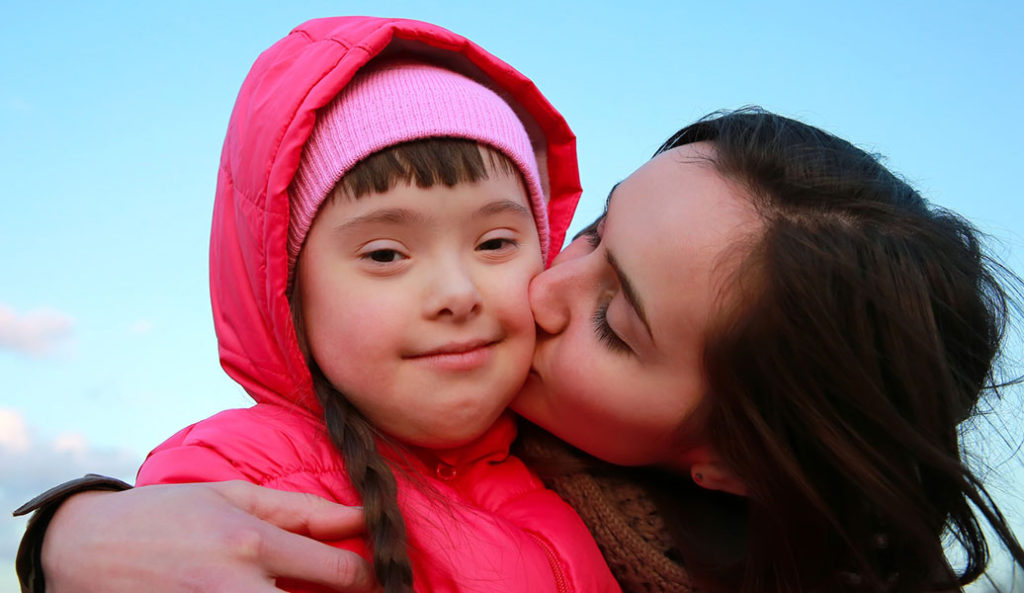
Indigenous peoples are doomed in many places!
Colonization and the ensuing process of so-called civilization have decimated many indigenous people in America, Africa and Asia. The invaders slaughtered them with firearms, often raped their women and contaminated these people with diseases unknown to them until then. They plundered their villages, tortured, burned and robbed their tribal areas.
Many indigenous people of North America fell victim to the greatest genocide ever! The descendants of the survivors of this genocide often survive as best they can in their reserves, which were left to them and make up only a fraction of their former tribal areas in terms of size. There, they have been waiting for long time in vain for adequate compensation and for the official recognition of the guilt of the murderers of their ancestors. Other descendants of the indigenous population were abducted by state authorities, deprived of their identity and assimilated by force.
To date, many indigenous people suffer a fate exposed to racism, ongoing exploitation and cultural extinction. There are several reasons for this: Often, they live in countries, where human rights are scarce and where in some cases, they are even denied human status! Many of the indigenous people who have always lived in harmony with nature, have been chased out of their ancestral habitats and driven to the margins of society. Often their members have since then vegetated without much hope in slums or reserves, having been deprived of almost everything, that meant something to them in their lives. Unemployment, illnesses, alcohol, drugs and petty crime are all that is needed, to definitively destroy the rest of their culture and social structures. Those among them, who can not be readjusted and alphabetized without resistance, are deliberately marginalized. Numerous indigenous peoples are also exposed to the missionary zeal of various religions, which rob them of their ancient beliefs, and thus, the last vestiges of their cultural identity.
The growing interest of some economists in valuable resources in tribal areas, such as minerals and tropical timber, has opened these regions for unbridled plundering through invasions by an overwhelming superiority of profit-oriented corporations settling labor units there, which are followed by the usual entourage of wheelers, fortune-knights, profiteers, highwaymen, pimps and other criminals. Since such destructions of the livelihoods of indigenous people usually take place in complete seclusion, and the few present persons from other nations mostly benefit themselves from it, such genocides on rates hardly penetrate the world public.
Some tribes of indigenous people were allowed to remain in their tribal areas. But only very few of them, thanks to their isolation of the outside world, could entirely preserve their traditional life in habitats kept untouched from the outside. Most of them were exposed to the growing pressure from settlers and their land appropriation. Many of the last indigenous peoples are marketed nowadays as exciting tourist attractions, even demoing formerly mighty tribal leaders and proud warriors to photogenic extras, makers and sellers of souvenirs as well as pitiable beggars!
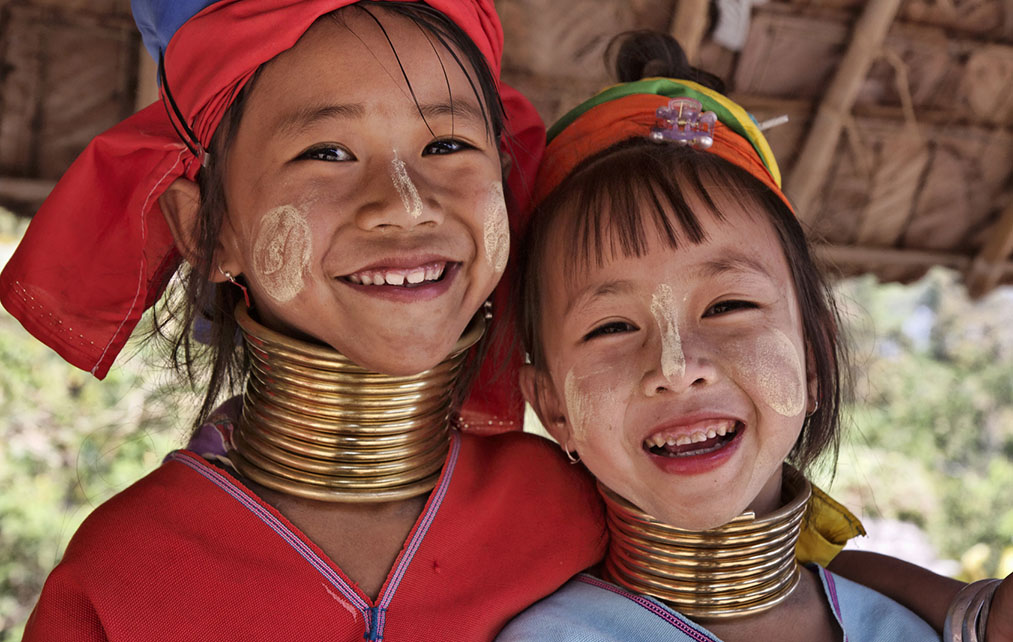
Disagreement marks the protection of strangers
Regardless of whether it concerns the protection of indigenous people or other cultural minorities, of refugees or migrants, the opinions vary widely not only worldwide, but also within societies and even within families. Naturally, the unfamiliar raises questions and, due to lack of explanatory answers and because of insufficient background information, causes corresponding discomfort and fears. That is why foreigners have not always and everywhere the same rights. Many differences of tolerance towards foreign people have a cultural origin. In principle, humans are social beings and naturally adapt themselves to those, whom they basically trust. As children, they will most likely follow their educators, mostly the biological parents, and other close family relatives, they depend on. In adolescence, they increasingly listen to friends, some teachers and other persons of trust, as well as to media reaching them. Their attitudes, as well as those of adults, are largely determined by the sources of information, that they consider to be trustworthy. The assumptions made by opinion makers concerning foreign cultures, influence people’s tolerance towards their members, with economic and political considerations each playing important roles. Some people speculate on cheap labor force from abroad with regard to more profit, other focus on cultural differences up to deliberately foment fears in the population to influence political elections. Most of the negative attitudes from locals towards immigrants from other countries coming without enough money, were indirectly transferred by commercial media, focussing on sensational journalism, and often reporting about problematic incidents with them. Such negative headlines subsequently make the rounds, becoming a topic of conversation among the population and lowering the tolerance thresholds for longer stays of people from largely unknown countries.
Lack of tolerance is also revealed by the fact that genocides of indigenous people on the part of allegedly “civilized” countries, persecution of minorities, as well as the migrant background of all of us in the course of human history, are mostly forgotten or all too often ignored. Likewise, the tacit acceptance of the actual causes of some humanitarian disasters in distant countries by politicians and mass media, as well as the withholding of relevant information to the public, are often signs of lack of tolerance and lack of compassion for foreigners in need of help. Given the attitudes of these opinion leaders, one should not seriously wonder about low tolerance towards people from other cultures in large parts of the population.
In contrast, direct immersion in foreign cultures, whether through closer personal relationships with people from abroad, through travels with close enough contacts with local populations or thorough looks into their distinctive customs, food, art and faith increase in most cases the understanding for them, and thus the tolerance towards their representatives. According to the insight, that music connects peoples, it plays a primary role in creating tolerance. Because music acts directly and usually immediately, without losing any of its power, as is the case with the mental processing of images and even more, with the decryption of words. Above all, traditional music exudes an original naturalness, that can transcend cultural boundaries, and on a purely emotional basis without any explanations, can create deep understanding and empathy for different ethnic groups.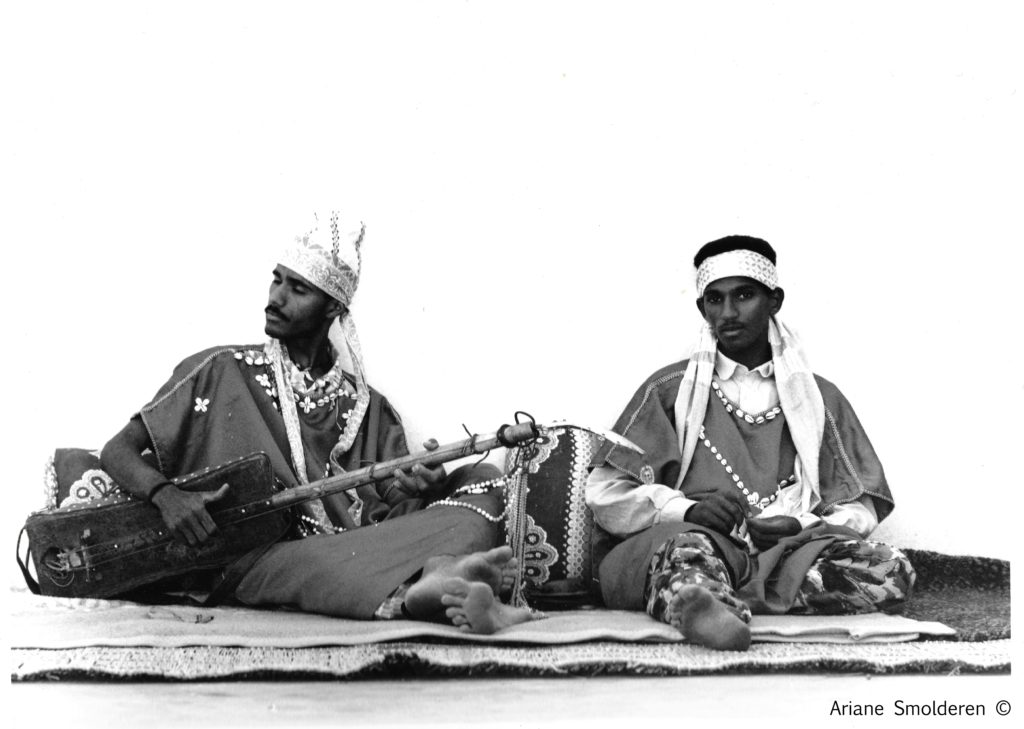
Migration as result of international exploitation
No other subject heaves so much the minds in many industrialized countries, as international migration. It is the hope for a better life, which motivates dissatisfied people to leave their families and friends, as well as their familiar environment and their homeland. Often, this hope disappears soon after arrival in the destination country because of disillusionment, as the reality of immigrant existence is very different from the original expectations and dreams of migrants. Because their ideas about the countries targetted for migration are neither based on reality, nor on sociological studies, but mostly on hearsay and on entertainment movies as well as commercials produced in these regions. The latter had reached migrants via television even in remote villages in their countries of origin, attracting them with promising messages. They fake a beautiful, wholesome world that seems to promise fulfillment of all desires with abundant food, fine restaurants, stylish cafes and chic bars, luxury apartments, great cars, exciting leisure activities and mostly happy and attractive people. False expectations among migrants are also aroused by misleading depictions of previously emigrated relatives and acquaintances who, for understandable reasons, pretended their successful integration. For neither do they want to be considered as losers in their community, nor do they want to disappoint their families, who have often financed their emigration with painstaking savings. Only very few migrants would burden their relatives or acquaintances in the home country with their own existential struggles in the destination country, certainly not if they dig themselves as day laborers in lousy work, or even drift off into occasional petty crime or prostitution, only to survive.
Sometimes interested people in countries of origin are specifically motivated to migrate. They are informed about benefits and average salaries in the target countries, which usually make up many times the wages in their home country, without receiving information about the high living costs, they will have to incur. This explains the great popularity of Scandinavian, English- and German-speaking countries as destinations for migrants, where difficult languages, much cold and less cordiality prevail, compared to their countries of origin, but which more than offset these disadvantages with relatively good economic data and well developped social networks.
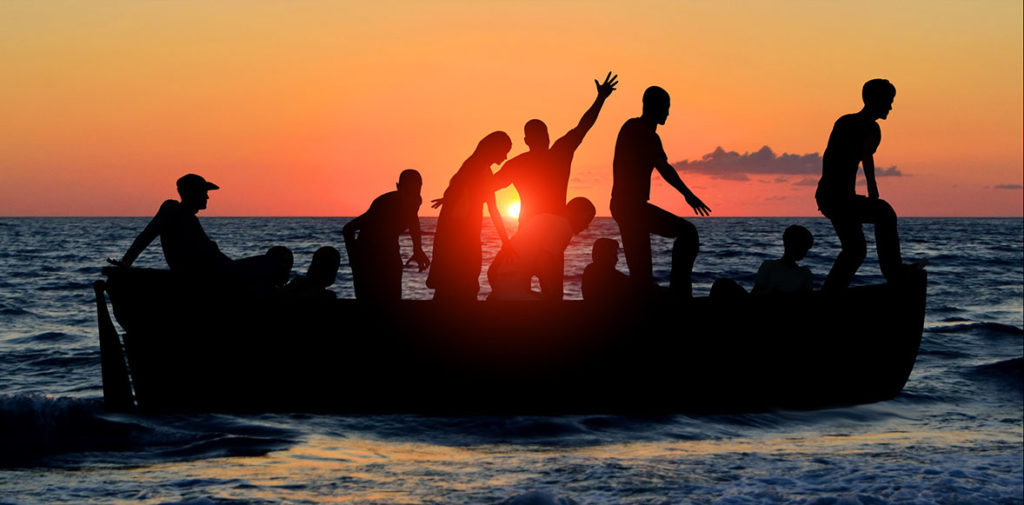
It is noticeable, that political and media opinion makers are mostly not interested in the true causes of migration, but at best strive to cope with some of its local effects. Even the mass migration flows triggered by wars in Afghanistan, Iraq, Libya and Syria did not give them much reason to delve deeper into the background of these murderous conflicts. The shameful fact, that those nations that sparked these conflicts, and are responsible for these migrations, refused adequate assistance to the war refugees and the poor people stucked in fighting areas, because of lack of money to flee from there, was tacitly accepted by them. Hardly any medium questioned, why these wars were instigated, why dictatorships in emigration countries are supported and why many people are oppressed there. Because with the answers to these questions, numerous conflicts of interest of western democracies would come to light. The profitable looting of resources, the selfishness of some “development aid”, the domination of international financial interests, crimes of important trading partners, illegal campaign financing and questionable alliances have the potential to overthrow governments of the involved countries. And where else could industrialized nations carry out their million-dollar weapon deals, if not in the developing countries often suffering from crises and having valuable raw materials? From where should they get masses of cheap workers, additional consumers and influencable future voters who, in the course of emigration, remove many of the key competences, that are needed in their countries of origin, and thereby not only increase its dependencies from rich nations, but also facilitates their continued exploitation? For these many reasons, the decision makers of the industrialized nations agreed to only deal superficially with some of the challenges posed by mass migration, instead of tackling its underlying causes, namely unacceptable poverty and the exploitation of its countries of origin to the main benefit of local oligarchs and powerful nations.
Efficient help to the many and diverse needy people around the world also requires uncovering omnipresent double standards as well as lots of hypocrisies. With your support, LIFE UNION seeks to address the important task of illuminating the true causes of the greatest injustices to humans, and to provide sustainable solutions to them.
